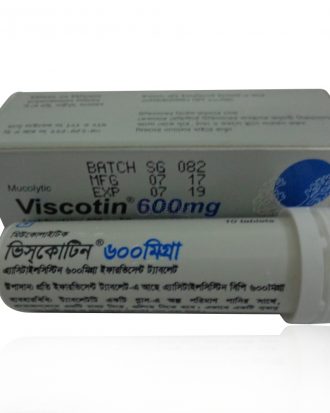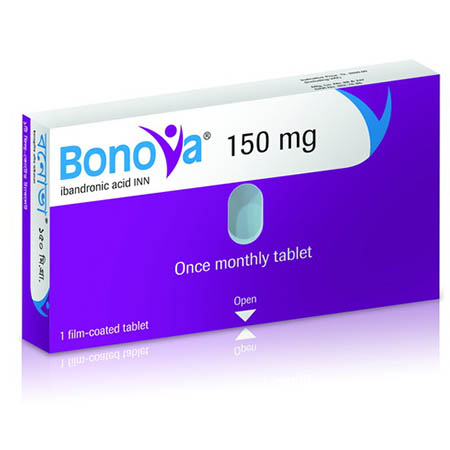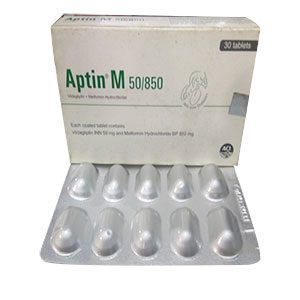-
×
 Closeup | 100 g
3 × ৳ 110.00
Closeup | 100 g
3 × ৳ 110.00 -
×
 Viscotin (Tab) 600mg
1 × ৳ 20.00
Viscotin (Tab) 600mg
1 × ৳ 20.00 -
×
 Clean & Clear Foaming Face Wash 100ml
5 × ৳ 240.00
Clean & Clear Foaming Face Wash 100ml
5 × ৳ 240.00 -
×
 Carex Classic Condoms | 3 pieces
1 × ৳ 35.00
Carex Classic Condoms | 3 pieces
1 × ৳ 35.00 -
×
 Clear Men Anti-Dandruff | 330 ml
3 × ৳ 450.00
Clear Men Anti-Dandruff | 330 ml
3 × ৳ 450.00 -
×
 Crunchos Pistachio Roasted & Salted 200gm
1 × ৳ 710.00
Crunchos Pistachio Roasted & Salted 200gm
1 × ৳ 710.00 -
×
 Clean & Clear Foaming Face Wash | 50ml
4 × ৳ 140.00
Clean & Clear Foaming Face Wash | 50ml
4 × ৳ 140.00 -
×
 Closeup Ever Fresh Anti Germ Toothpaste | 45 g
3 × ৳ 50.00
Closeup Ever Fresh Anti Germ Toothpaste | 45 g
3 × ৳ 50.00 -
×
 Vingraf (Tab) 0.5 mg
1 × ৳ 30.00
Vingraf (Tab) 0.5 mg
1 × ৳ 30.00 -
×
 Boost 3X More Stamina Jar | 400 g
1 × ৳ 390.00
Boost 3X More Stamina Jar | 400 g
1 × ৳ 390.00 -
×
 Virux (Tab) 400mg
1 × ৳ 22.00
Virux (Tab) 400mg
1 × ৳ 22.00 -
×
 Pylotrip R (Cap)
1 × ৳ 55.00
Pylotrip R (Cap)
1 × ৳ 55.00 -
×
 Visk Vaporub (Cream) 100gm
1 × ৳ 420.00
Visk Vaporub (Cream) 100gm
1 × ৳ 420.00 -
×
 Clear Complete Active Care | 180 ml
1 × ৳ 220.00
Clear Complete Active Care | 180 ml
1 × ৳ 220.00
Subtotal: ৳ 5,492.00




Reviews
There are no reviews yet.